Home>Gardening & Outdoor>Landscaping Ideas>How To Scalp Grass
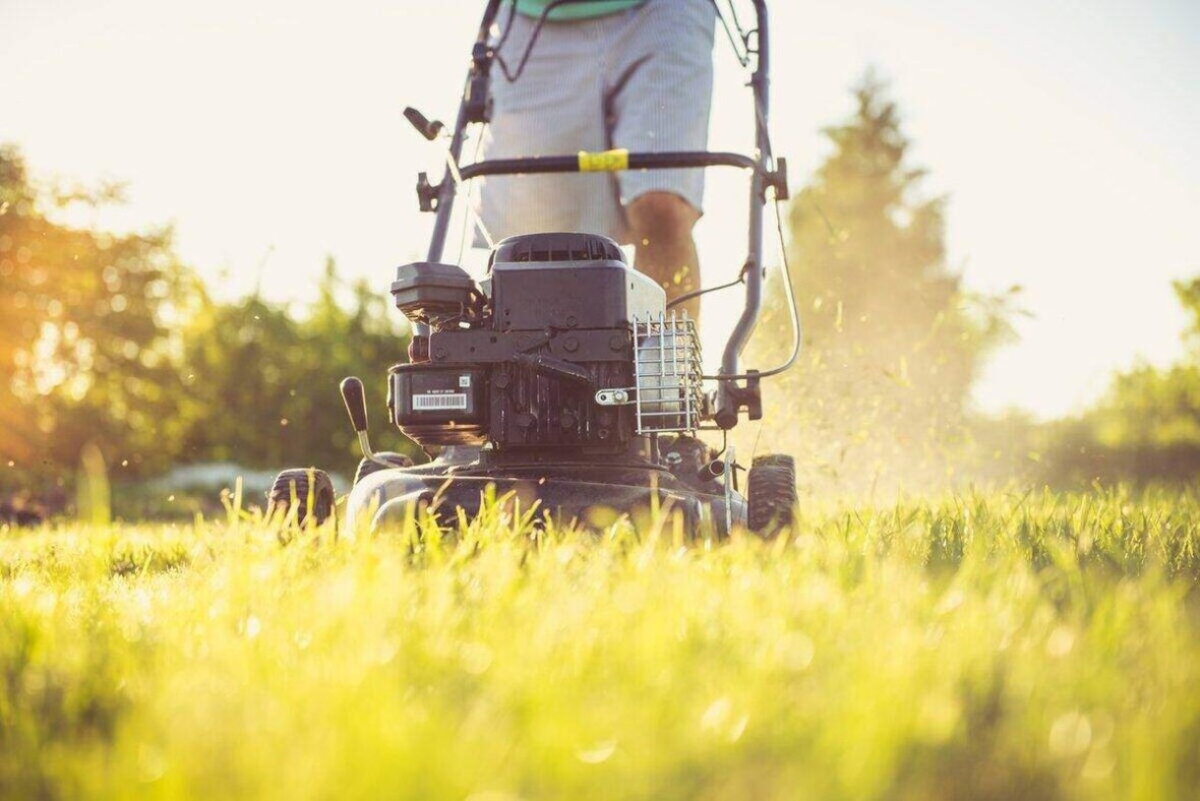

Landscaping Ideas
How To Scalp Grass
Modified: February 18, 2024
Learn effective landscaping ideas for scalp grass and create a lush, vibrant lawn with our expert tips and techniques. Enhance your outdoor space today!
(Many of the links in this article redirect to a specific reviewed product. Your purchase of these products through affiliate links helps to generate commission for Storables.com, at no extra cost. Learn more)
Introduction
So, you want to give your lawn a fresh start? Scalping your grass can be just the thing you need to revitalize your lawn and promote healthy growth. Scalping is the process of cutting your grass extremely short, typically at the beginning of the growing season. This technique helps remove dead grass, thatch, and other debris that may have accumulated over time. By doing so, you allow sunlight, air, and water to penetrate the soil more effectively, promoting new and healthy grass growth.
Scalping your lawn can seem like a drastic measure, but when done correctly, it can work wonders for the overall health and appearance of your grass. This article will guide you through the process of scalping your grass, from the tools and equipment you'll need to the aftercare and maintenance required to ensure your lawn thrives. Let's dive in and discover how to scalp grass like a pro!
Key Takeaways:
- Scalping your grass involves cutting it very short to remove dead grass and debris, allowing for healthier growth. It’s a one-time process at the beginning of the growing season and requires proper aftercare.
- To scalp your grass, prepare the lawn by mowing, watering, and marking sprinkler heads. After scalping, focus on watering, fertilization, and monitoring regrowth for a lush, resilient lawn.
Read more: When To Scalp Bermuda Grass
Tools and Equipment Needed
Before you embark on the journey of scalping your grass, it’s essential to gather the necessary tools and equipment. Here’s what you’ll need:
- Lawn Mower: A reel mower or a rotary mower with a bag attachment is ideal for scalping. Ensure that the mower’s blades are sharp to achieve a clean cut.
- Rake: A sturdy rake will be essential for clearing the debris and thatch that accumulate after scalping.
- Leaf Blower: While not mandatory, a leaf blower can be helpful for clearing the lawn after scalping, especially if you have a large area to cover.
- Pruning Shears: These will come in handy for trimming any overgrown edges or areas that the mower can’t reach.
- Protective Gear: Don’t forget to prioritize your safety. Wear gloves, protective eyewear, and sturdy shoes to shield yourself from any debris while working on your lawn.
Having the right tools at your disposal will make the process of scalping your grass much more efficient and enjoyable. Now that you have everything you need, it’s time to prepare the lawn for the scalping process.
Preparing the Lawn
Before diving into the actual scalping process, it’s crucial to prepare your lawn to ensure the best results. Here are the essential steps to prepare your grass for scalping:
- Choose the Right Time: The ideal time for scalping your lawn is at the beginning of the growing season, typically in early spring. This timing allows the grass to recover and start growing vigorously with the arrival of warmer weather.
- Mow the Lawn: Start by mowing your grass at its regular height a few days before the planned scalping. This initial mowing will help remove excess debris and make the scalping process more effective.
- Clear the Area: Remove any obstacles, such as toys, debris, or large rocks, from the lawn to ensure a smooth and safe scalping process.
- Water the Lawn: It’s essential to water your lawn thoroughly a day or two before scalping. Adequate moisture will help the grass recover more quickly after the scalping is complete.
- Mark Sprinkler Heads and Utilities: Take the time to mark any sprinkler heads or underground utilities to prevent accidental damage during the scalping process.
By following these preparatory steps, you’ll set the stage for a successful and effective scalping process. Once your lawn is prepped and ready, it’s time to delve into the technique of scalping your grass.
When scalping grass, make sure to set your mower blades to the lowest setting to cut the grass very short. This helps to remove thatch and promote new growth. Be careful not to scalp the grass too much, as this can damage the roots.
Scalping Technique
Now that your lawn is prepped and ready, it’s time to dive into the scalping process. Follow these steps to execute the scalping technique effectively:
- Adjust Mower Height: Set your lawn mower to its lowest cutting height. For warm-season grasses, a cutting height of around 0.5 inches is suitable, while cool-season grasses can be scalped to approximately 1 inch.
- Begin Mowing: Start mowing your lawn, ensuring that the mower cuts the grass evenly and cleanly. Work in a systematic pattern to cover the entire area, overlapping slightly with each pass to guarantee thorough scalping.
- Bag or Mulch: Depending on the condition of your lawn and the volume of debris, you can choose to bag the clippings or mulch them back into the lawn. Bagging may be necessary if the thatch layer is particularly thick, while mulching can add valuable nutrients back into the soil.
- Inspect for Evenness: After scalping, inspect the lawn to ensure that the grass has been cut evenly and that no patches have been missed. Make any necessary touch-ups with a pair of pruning shears.
It’s important to remember that scalping should be a one-time process at the beginning of the growing season. Avoid scalping your lawn multiple times in a season, as this can stress the grass and inhibit healthy growth.
Once you’ve completed the scalping process, it’s time to focus on the aftercare and maintenance to support your grass as it rejuvenates and flourishes.
Aftercare and Maintenance
After scalping your lawn, it’s essential to provide proper aftercare and maintenance to support the rejuvenation of your grass. Here’s what you should focus on in the aftermath of the scalping process:
- Watering: Following scalping, ensure that your lawn receives adequate water. Keep the soil moist but not waterlogged to promote healthy regrowth. Watering in the early morning is ideal to minimize evaporation and allow the grass to dry before nightfall.
- Fertilization: Consider applying a slow-release, low-nitrogen fertilizer to provide essential nutrients to the grass as it begins to regrow. Avoid using high-nitrogen fertilizers immediately after scalping, as this can stress the grass.
- Minimize Traffic: Limit foot traffic and heavy equipment on the scalped lawn to give the grass a chance to recover without undue stress.
- Monitor Growth: Keep a close eye on the regrowth of your grass. Once the new growth reaches a height of about 3 inches, you can resume mowing at the regular height for your specific grass type.
- Overseed if Necessary: If you notice thin or bare patches after scalping, consider overseeding to promote a denser lawn. Choose a high-quality grass seed that matches your existing turf for best results.
By providing proper aftercare and maintenance, you’ll support your lawn’s recovery and encourage lush, healthy growth. Remember that while scalping can work wonders for your lawn, it’s essential to avoid overdoing it and to prioritize the overall health of your grass throughout the growing season.
With the right approach and ongoing care, you’ll be rewarded with a vibrant and resilient lawn that enhances the beauty of your outdoor space.
Frequently Asked Questions about How To Scalp Grass
Was this page helpful?
At Storables.com, we guarantee accurate and reliable information. Our content, validated by Expert Board Contributors, is crafted following stringent Editorial Policies. We're committed to providing you with well-researched, expert-backed insights for all your informational needs.
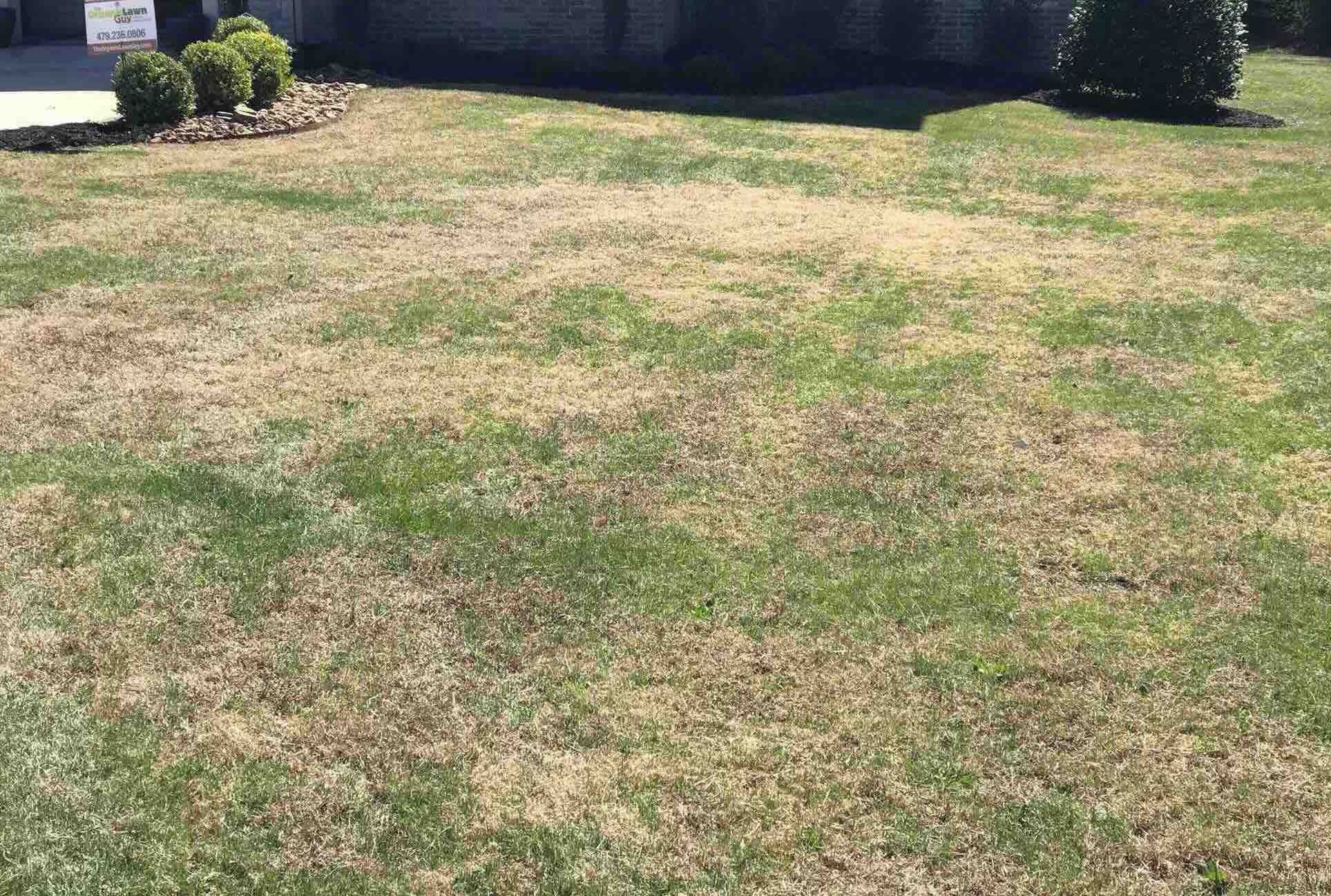
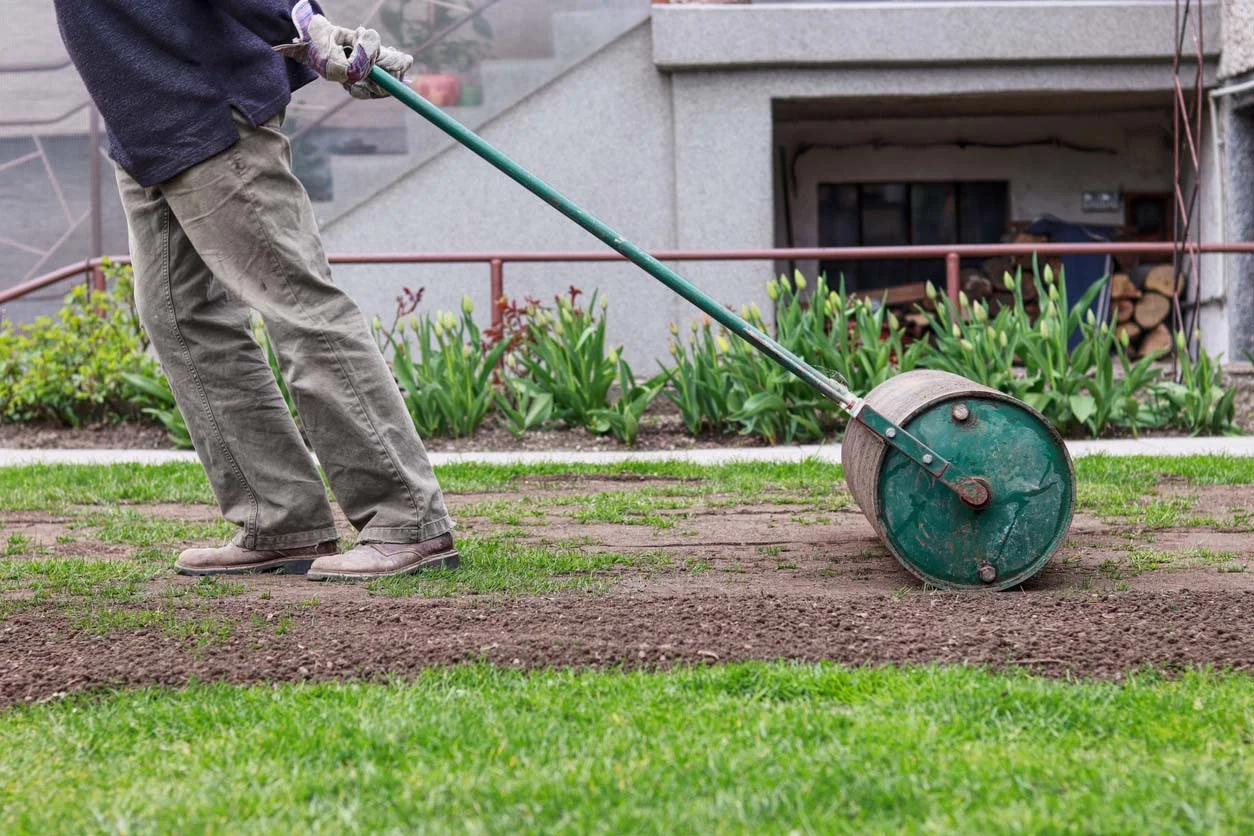

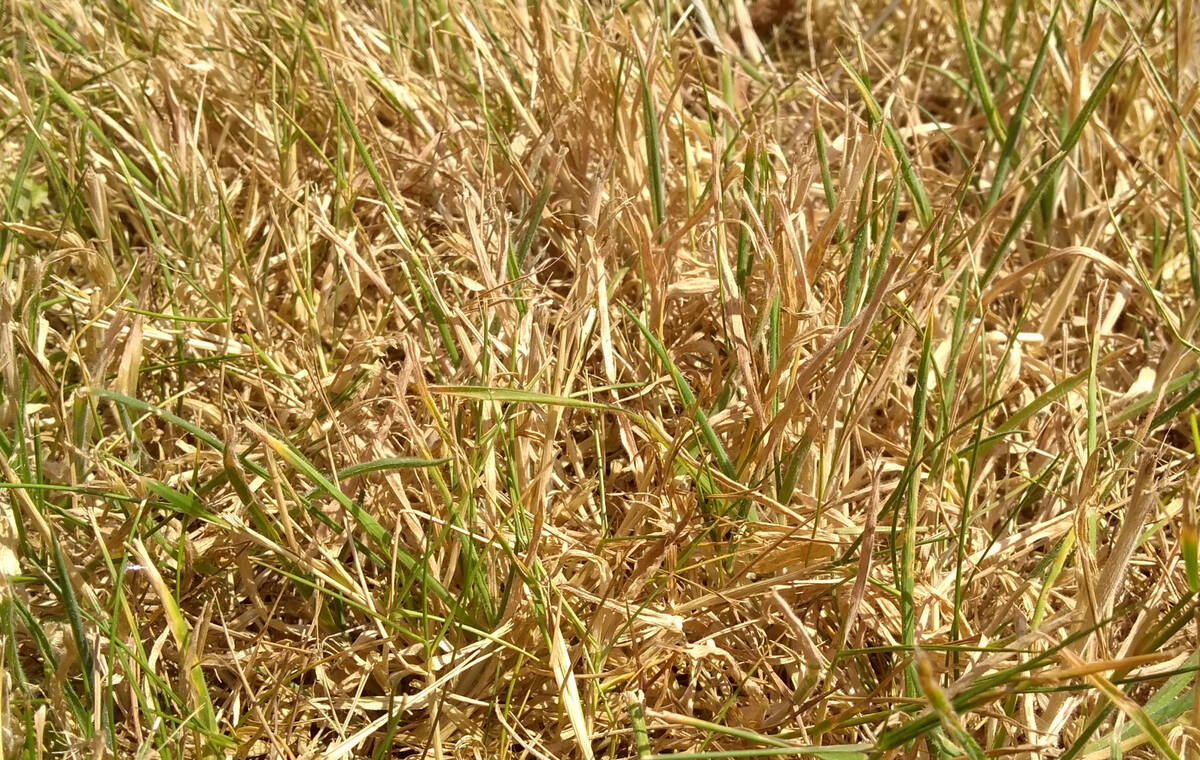
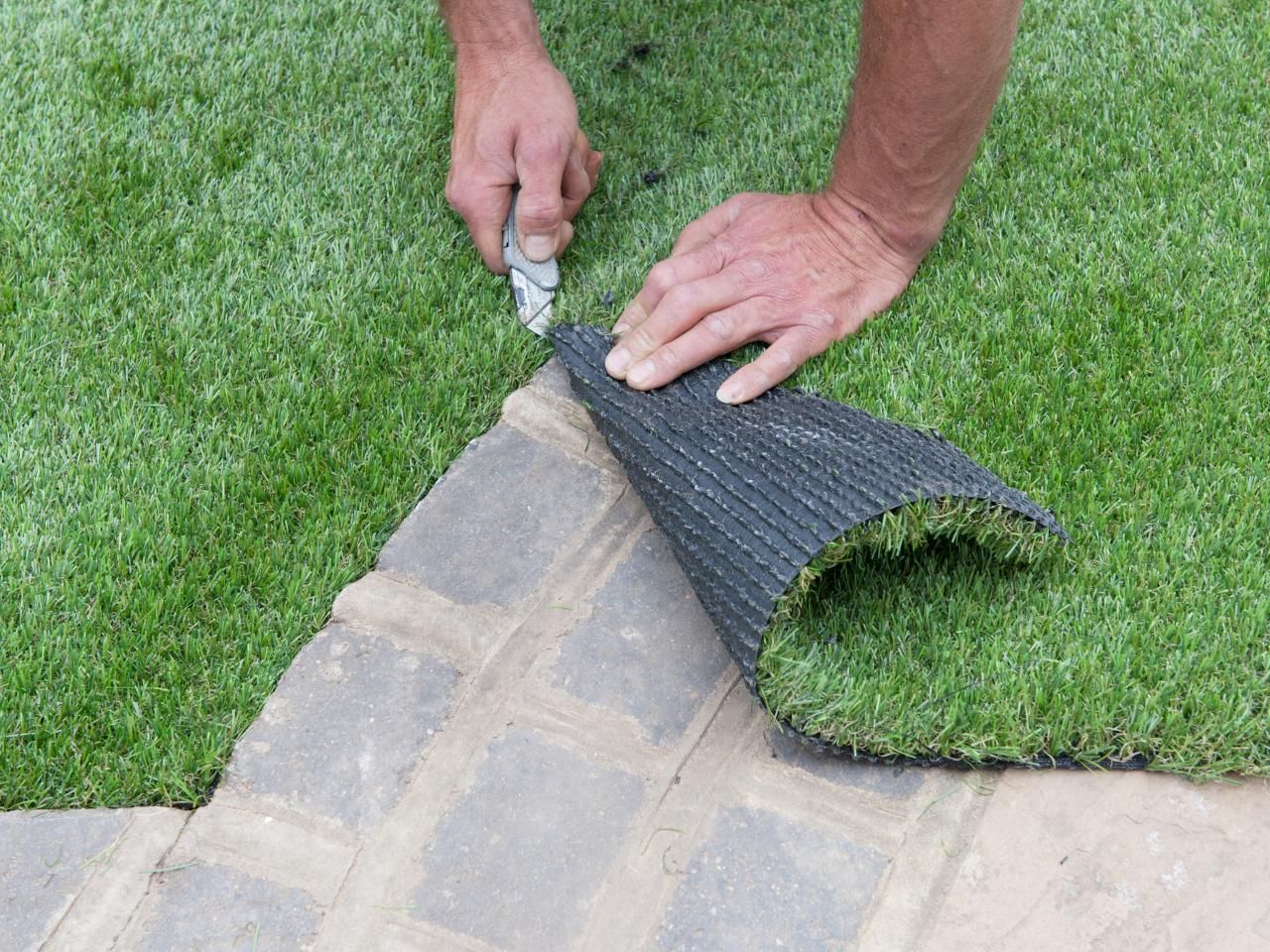

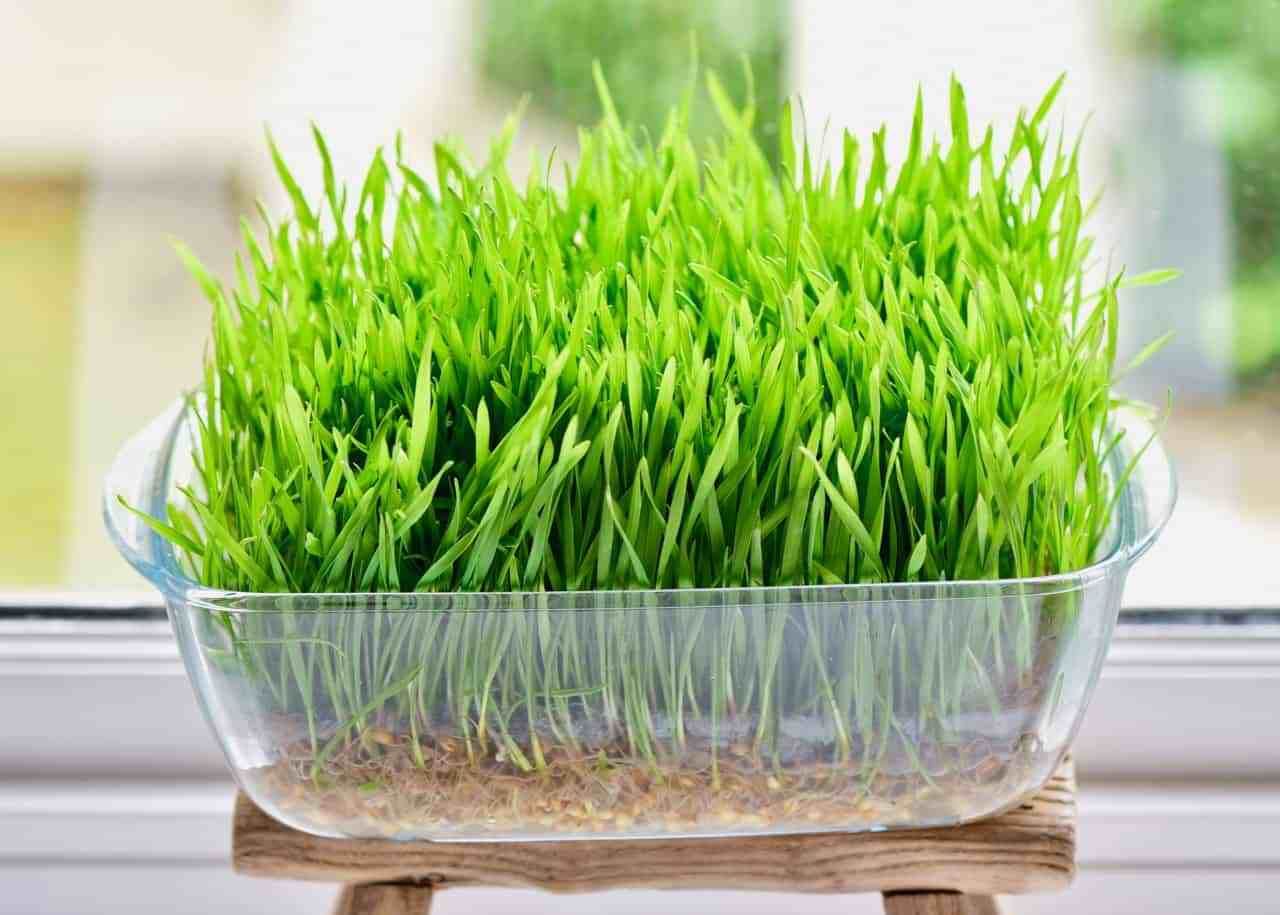
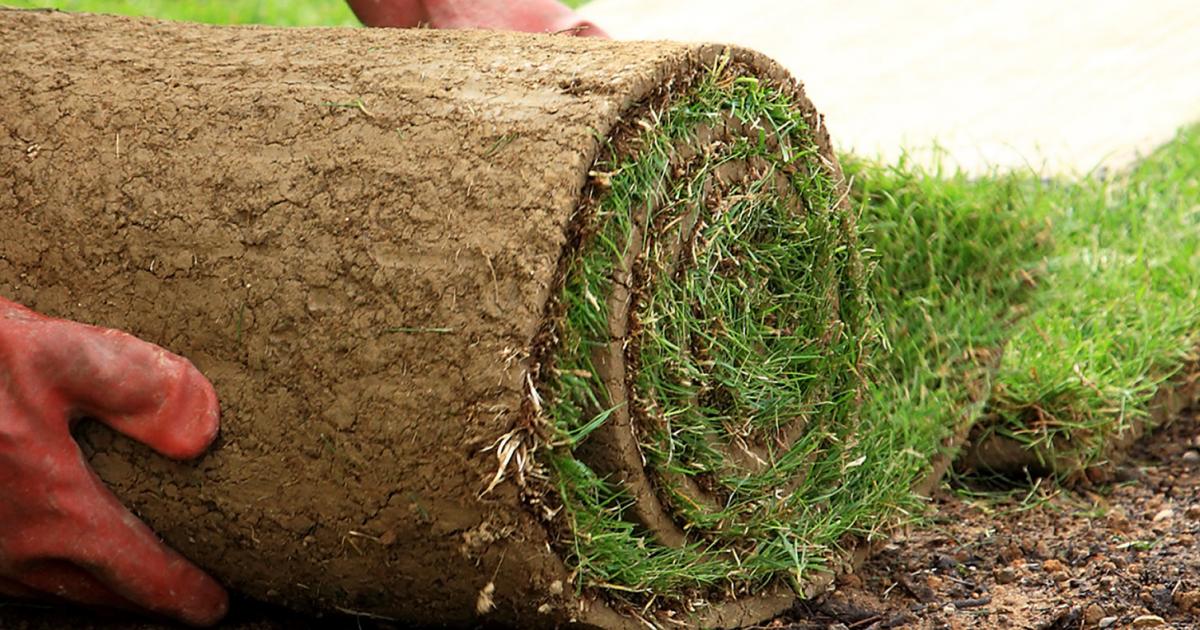
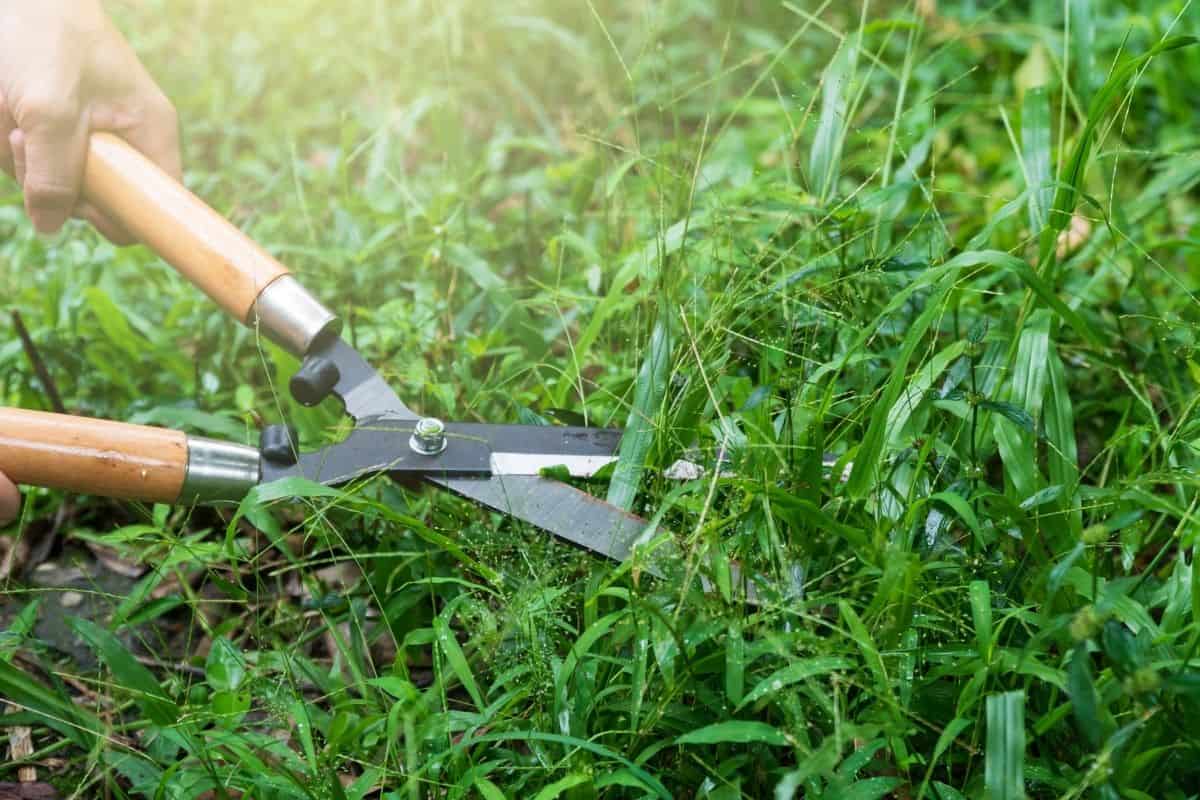
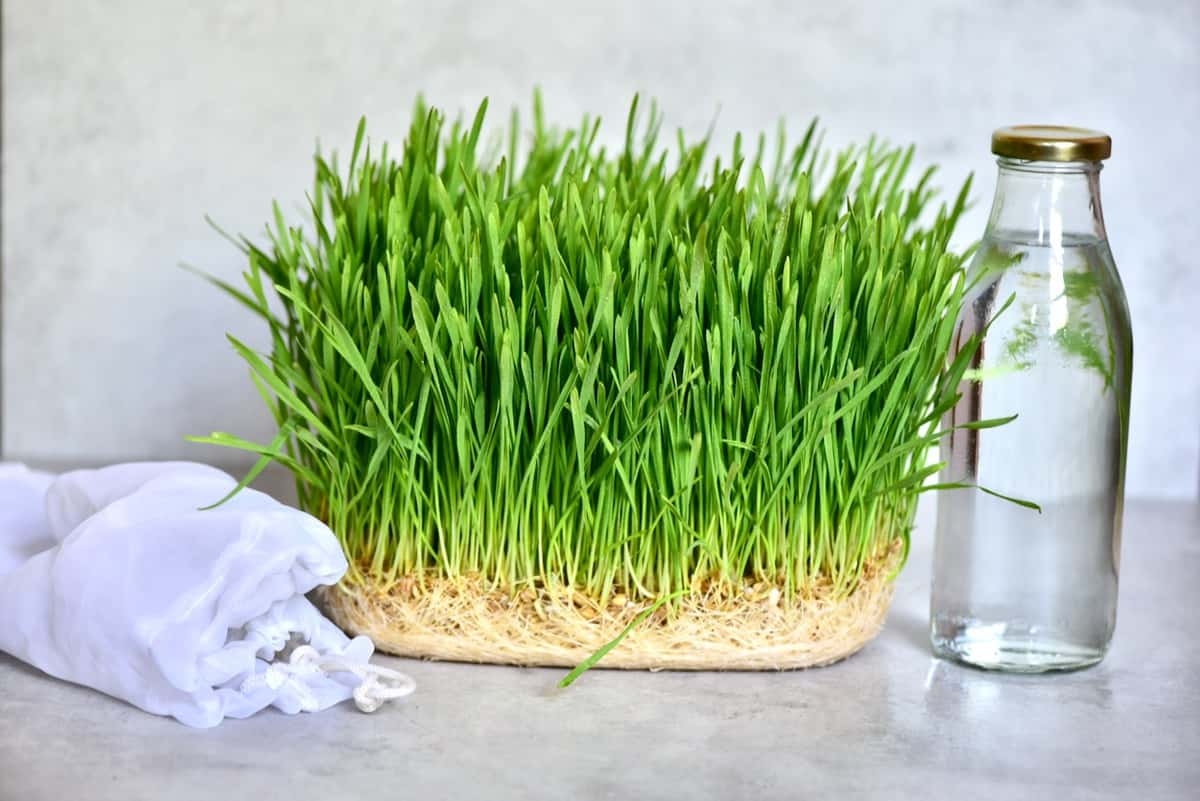
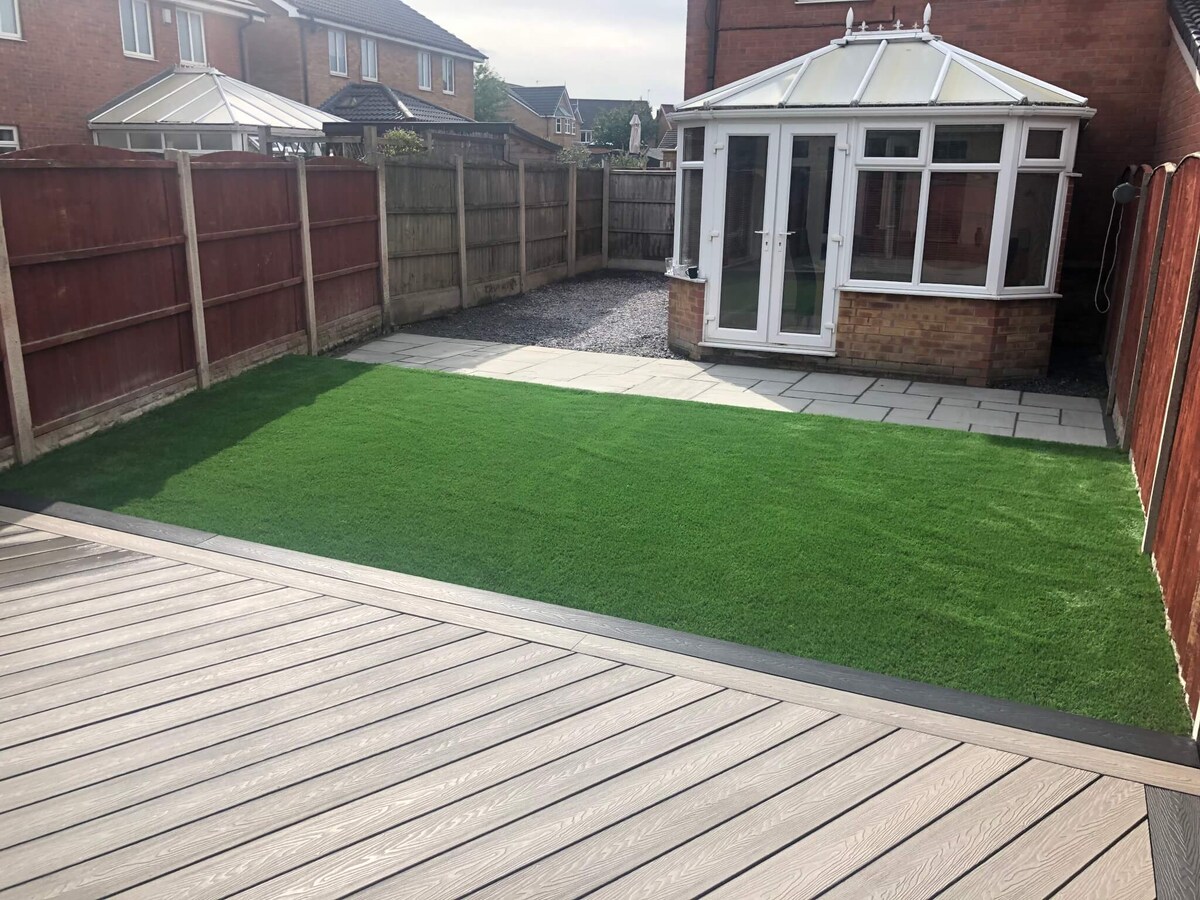

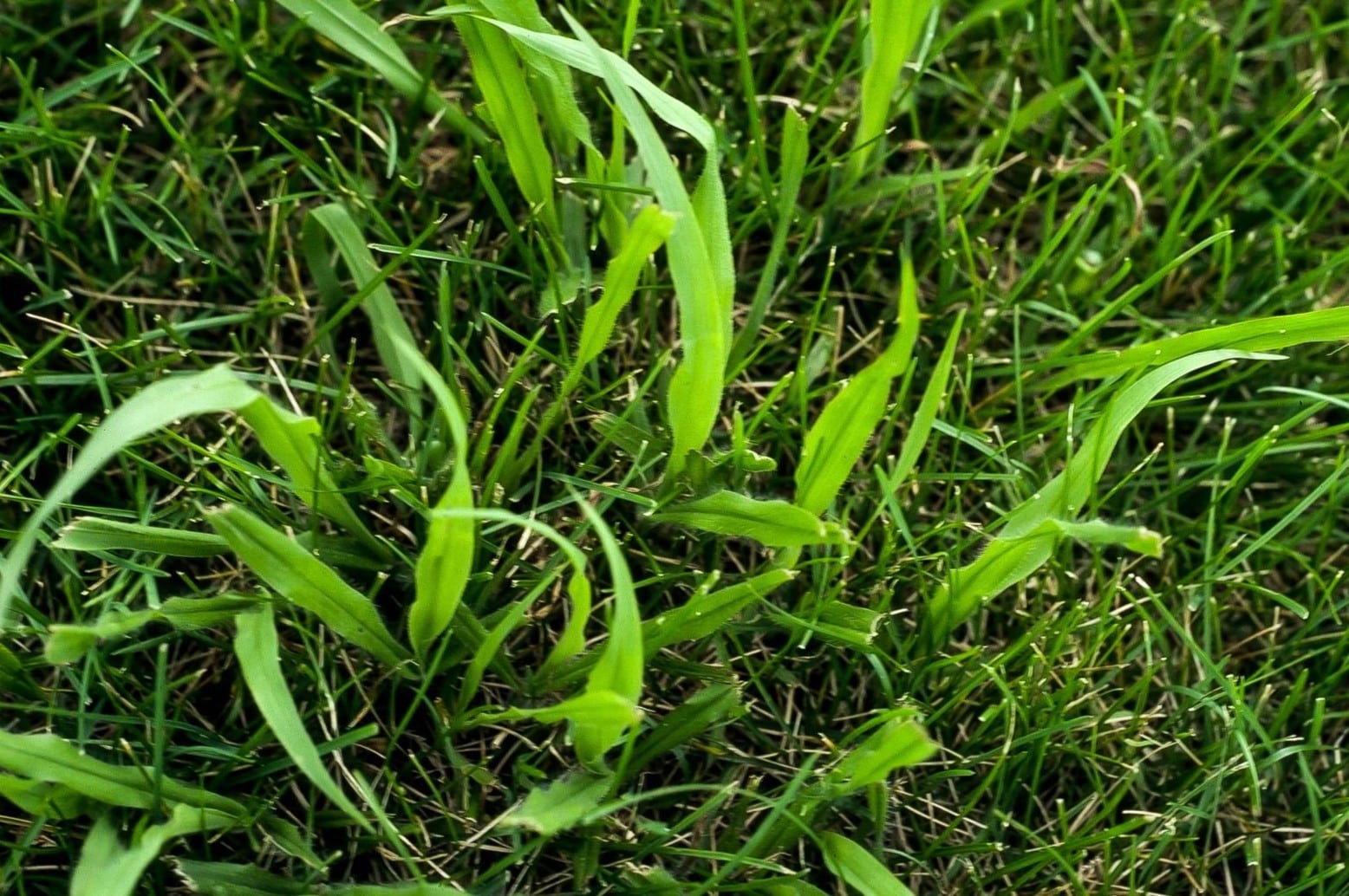

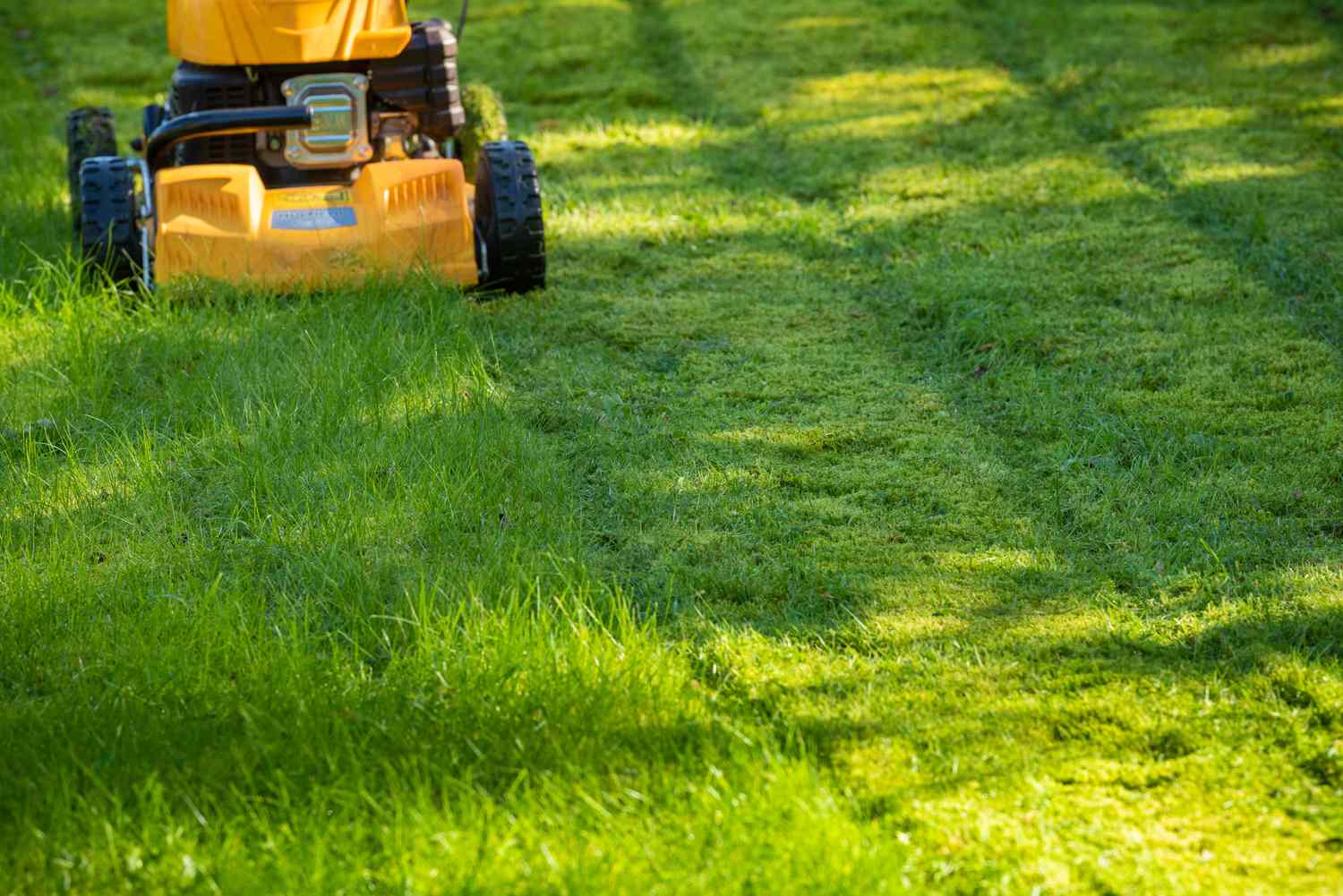

0 thoughts on “How To Scalp Grass”